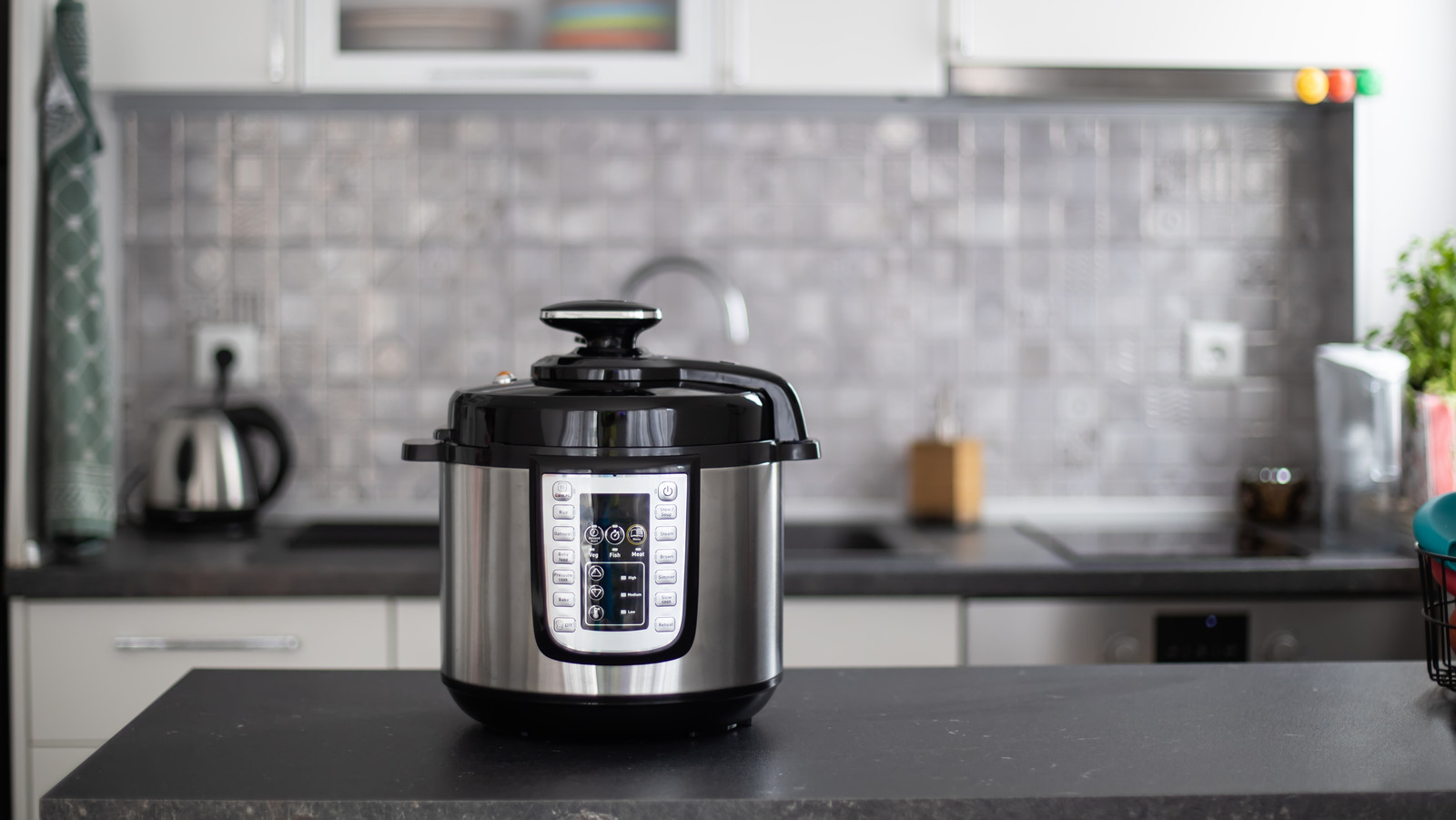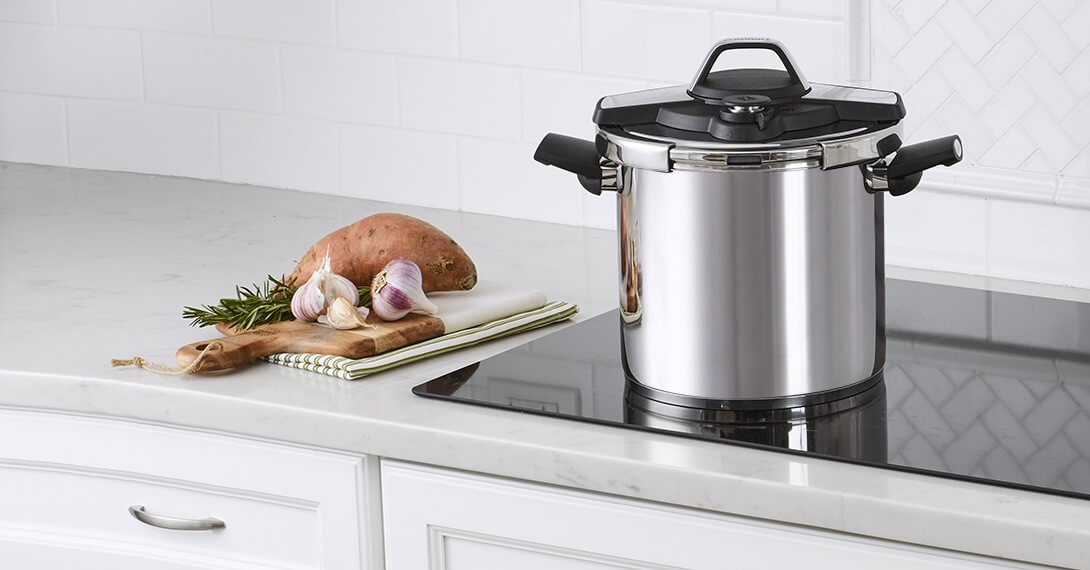The Ultimate Guide on How to Cook Corned Beef in a Pressure Cooker
Written By James Morgan
Is there anything quite like a delicious and tender corned beef meal? Whether you're preparing this for a special occasion or just want a hearty dish, you can't go wrong with corned beef. And, to make it even better, cooking it in a pressure cooker will ensure that it's tender, flavorful, and ready in no time!
Learning how to cook corned beef in a pressure cooker can drastically cut down your preparation and cooking time while still delivering that melt-in-your-mouth experience that corned beef enthusiasts crave. In this guide, we will take an in-depth look at everything you need to know to make the perfect corned beef using a pressure cooker.

What is Corned Beef?
Corned beef is a beef brisket that has been cured in brine and often includes various seasonings. The term 'corned' derives from the large grains of rock salt, or corns, used in the brining process. Corned beef is a staple in many cultures and is especially popular around St. Patrick's Day. When cooked traditionally, it can take several hours to achieve the tender, flavorful result that's desired. However, using a pressure cooker like the pressure cooker can significantly reduce the cooking time while still producing a delectable dish.

Why Use a Pressure Cooker?
A pressure cooker uses steam and high pressure to cook food faster than conventional methods. This kitchen appliance can reduce cooking time by up to 70%, making it perfect for busy individuals. When cooking corned beef, a pressure cooker not only shortens the cooking time but also ensures that the meat becomes incredibly tender and flavorful. By trapping steam, the pressure cooker forces moisture and flavor deep into the meat, thus enhancing the overall taste and texture.

Ingredients You Will Need
- 3-4 pounds corned beef brisket (with seasoning packet)
- 4 cups beef broth or water
- 1 large onion, quartered
- 4 garlic cloves, peeled
- 1 pound of baby carrots
- 1 pound of potatoes (red potatoes are a good choice), quartered
- 1 head of cabbage, cut into wedges

Steps to Cook Corned Beef in a Pressure Cooker
Step 1: Prepare the Corned Beef
First, you need to rinse the corned beef brisket under cold water to remove any excess salt from the brine. This helps in preventing the finished dish from being too salty. Use a knife to trim off any excess fat, but leave a thin layer for flavor.
Step 2: Gather Your Ingredients
Next, gather all your ingredients. Ensure that you have your beef broth or water, spices, vegetables, and seasoning packet from the corned beef brisket. Place everything within reach on your cutting board.
Step 3: Set Up the Pressure Cooker
Pour the beef broth or water into the pressure cooker. Add the onion quarters and peeled garlic cloves to the liquid. This will infuse even more flavor into the cooking environment. Place the trivet inside the pressure cooker and lay the corned beef brisket on top of it. Sprinkle the seasoning packet that comes with the corned beef over the meat.
Step 4: Cook the Corned Beef
Close the pressure cooker lid and ensure the valve is set to the sealing position. Set the pressure cooker to high pressure for 90 minutes. Once the cooking cycle completes, let the pressure release naturally for about 10 minutes, then quickly release any remaining pressure by turning the valve to the 'venting' position.
Step 5: Add Vegetables
Open the lid and add the potatoes and carrots. Close the lid again and cook on high pressure for an additional 4 minutes. Quick release the pressure, then add the cabbage wedges. Seal the lid once more and cook on high pressure for another 4 minutes before quick releasing once more.
Step 6: Serve and Enjoy
Carefully remove the corned beef from the pressure cooker and let it rest for a few minutes before slicing. This helps the meat retain its juices. Serve the sliced corned beef with the cooked vegetables on the side. A homemade mustard sauce or a dollop of horseradish goes exceptionally well with this dish.
As an Amazon Associate, I earn from qualifying purchases.
Troubleshooting Common Issues
Even though using a pressure cooker simplifies the cooking process, you may still encounter a few common issues. Here, we will address some of them:
Issue 1: Tough Meat
If your corned beef turns out tough, it might be because it didn't cook long enough. Pressure cooking relies on both time and temperature to break down the connective tissues in the meat. Under-cooking is more common than overcooking in pressure cooking, so if your meat is tough, return it to the pressure cooker and cook it for an additional 10-15 minutes.
Issue 2: Too Salty
The brine can often make corned beef overly salty. Rinsing the beef under cold water before cooking can help remove excess salt. Alternatively, you can soak the corned beef in cold water for a couple of hours, changing the water a few times to draw out more salt.
Issue 3: Liquid Level
Always ensure you have enough liquid in the pressure cooker, but not too much as to overwhelm the flavor. Typically, 4 cups of liquid are sufficient. Keep in mind that vegetables also release moisture during cooking.
Issue 4: Burn Notice
If your pressure cooker gives a burn notice, it likely means that there isn't enough liquid in the pot, or some ingredients are sticking to the bottom. Make sure to deglaze the pot after searing the meat (if you have done so) before adding the remaining ingredients.
Storing Leftover Corned Beef
If you're lucky enough to have leftovers, storing them is simple. Place the cooled corned beef in an airtight container and store it in the refrigerator for up to four days. To reheat, place slices of the beef in a microwave-safe dish with a little beef broth and heat until warmed through.
Conclusion
Learning how to cook corned beef in a pressure cooker can transform this classic dish into a quick and easy meal that's packed with flavor. The pressure cooker not only shortens cooking time but also ensures the meat remains tender and juicy. Whether you're preparing for a special occasion or a regular family dinner, using a pressure cooker is an excellent way to achieve the perfect corned beef every time.
For maintaining your cookware, check out the best cookware cleaner and ensure your cutting board stays in perfect shape with some cutting board oil.
Happy cooking!



